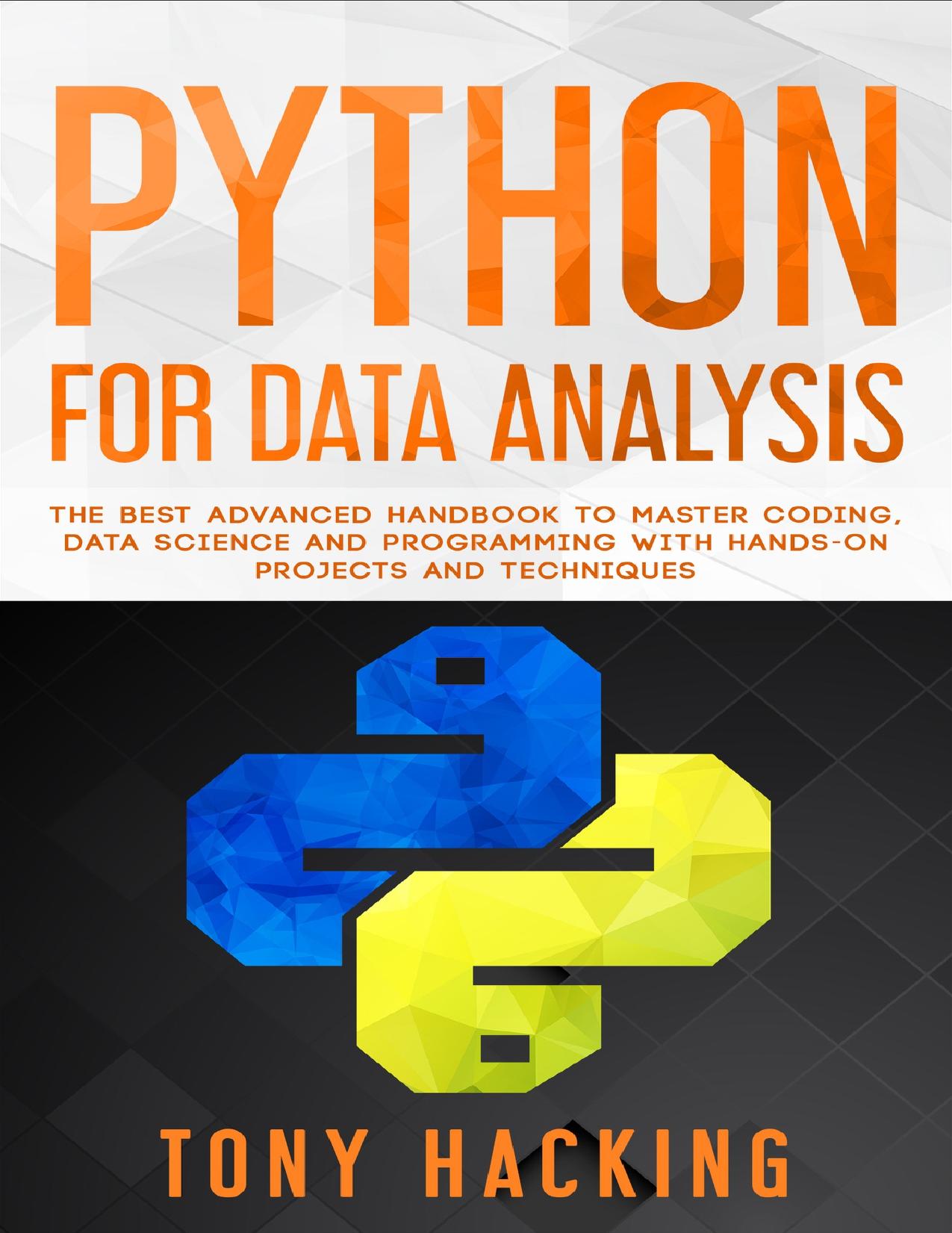Python for Data Analysis: The Best Advanced Handbook to Master Coding, Data Science and Programming with Hands-On Projects and Techniques by Hacking Tony

Author:Hacking, Tony [Hacking, Tony]
Language: eng
Format: azw3, epub, pdf
Published: 2020-09-05T16:00:00+00:00
Convolutional Neural Networks Applications
Convolutional neural networks are one of the main categories of deep neural networks which have proven to be very effective in numerous computer science areas like object recognition, object classification, and computer vision. ConvNets have been used for many years for distinguishing faces apart, identifying objects, powering vision in self-driving cars, and robots.
A ConvNet can easily recognize countless image scenes as well as suggest relevant captions. ConvNets are also able to identify everyday objects, animals or humans, as well. Lately, convolutional neural networks have also been used effectively in natural language processing problems like sentence classification.
Therefore, convolutional neural networks are one of the most important tools when it comes to machine learning and deep learning tasks. LeEnt was the very first convolutional neural network introduced that helped significantly propel the overall field of deep learning. This very first convolutional neural network was proposed by Yann LeCun back in 1988. It was primarily used for character recognition problems such as reading digits and codes.
Convolutional neural networks that are regularly used today for innumerable computer science tasks are very similar to this first convolutional neural network proposed back in 1988.
Just like today’s convolutional neural networks, LeNet was used for many character recognition tasks. Just like in LeNet, the standard convolutional neural networks we use today come with four main operations including convolution, ReLU non-linearity activation functions, sub-sampling or pooling and classification of their fully-connected layers.
These operations, in fact, are the fundamental steps of building every convolutional neural network. To move onto dealing with convolutional neural networks in Python, we must get deeper into these four basic functions for a better understanding of the intuition lying behind convolutional neural networks.
As you know, every image can be easily represented as a matrix containing multiple values. We are going to use a conventional term channel where we are referring to a specific component of images. An image derived from a standards camera commonly has three channels including blue, red and green. You can imagine these images as three-2D matrices that are stacked over each other. Each of these matrices also comes with certain pixel values in the specific range zero to two hundred fifty-five.
On the other hand, if you have a grayscale image, you only get one channel as there are no colors present, just black and white. In our case here, we are going to consider grayscale images, so the example we are studying is just a single-2D matrix that represents a greyscale image. The value of each pixel contained in the matrix must range from zero to two hundred fifty-five. In this case, zero indicates a color of black while two hundred fifty-five indicates a color of white.
Download
Python for Data Analysis: The Best Advanced Handbook to Master Coding, Data Science and Programming with Hands-On Projects and Techniques by Hacking Tony.epub
Python for Data Analysis: The Best Advanced Handbook to Master Coding, Data Science and Programming with Hands-On Projects and Techniques by Hacking Tony.pdf
This site does not store any files on its server. We only index and link to content provided by other sites. Please contact the content providers to delete copyright contents if any and email us, we'll remove relevant links or contents immediately.
| Ada | Ajax |
| Assembly Language Programming | Borland Delphi |
| C & C++ | C# |
| CSS | Compiler Design |
| Compilers | DHTML |
| Debugging | Delphi |
| Fortran | Java |
| Lisp | Perl |
| Prolog | Python |
| RPG | Ruby |
| Swift | Visual Basic |
| XHTML | XML |
| XSL |
The Mikado Method by Ola Ellnestam Daniel Brolund(19193)
Hello! Python by Anthony Briggs(18601)
Secrets of the JavaScript Ninja by John Resig Bear Bibeault(16707)
OCA Java SE 8 Programmer I Certification Guide by Mala Gupta(16405)
The Well-Grounded Java Developer by Benjamin J. Evans Martijn Verburg(16276)
Kotlin in Action by Dmitry Jemerov(15625)
Algorithms of the Intelligent Web by Haralambos Marmanis;Dmitry Babenko(15148)
Grails in Action by Glen Smith Peter Ledbrook(14361)
Sass and Compass in Action by Wynn Netherland Nathan Weizenbaum Chris Eppstein Brandon Mathis(12572)
Test-Driven iOS Development with Swift 4 by Dominik Hauser(10070)
Windows APT Warfare by Sheng-Hao Ma(7830)
Layered Design for Ruby on Rails Applications by Vladimir Dementyev(7540)
Blueprints Visual Scripting for Unreal Engine 5 - Third Edition by Marcos Romero & Brenden Sewell(7445)
Solidity Programming Essentials by Ritesh Modi(4553)
Hands-On Full-Stack Web Development with GraphQL and React by Sebastian Grebe(4418)
Functional Programming in JavaScript by Mantyla Dan(4382)
WordPress Plugin Development Cookbook by Yannick Lefebvre(4368)
Unity 3D Game Development by Anthony Davis & Travis Baptiste & Russell Craig & Ryan Stunkel(4260)
The Ultimate iOS Interview Playbook by Avi Tsadok(4244)
